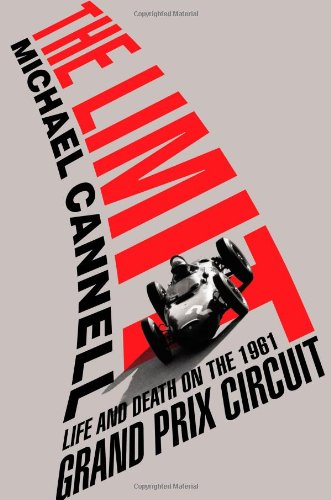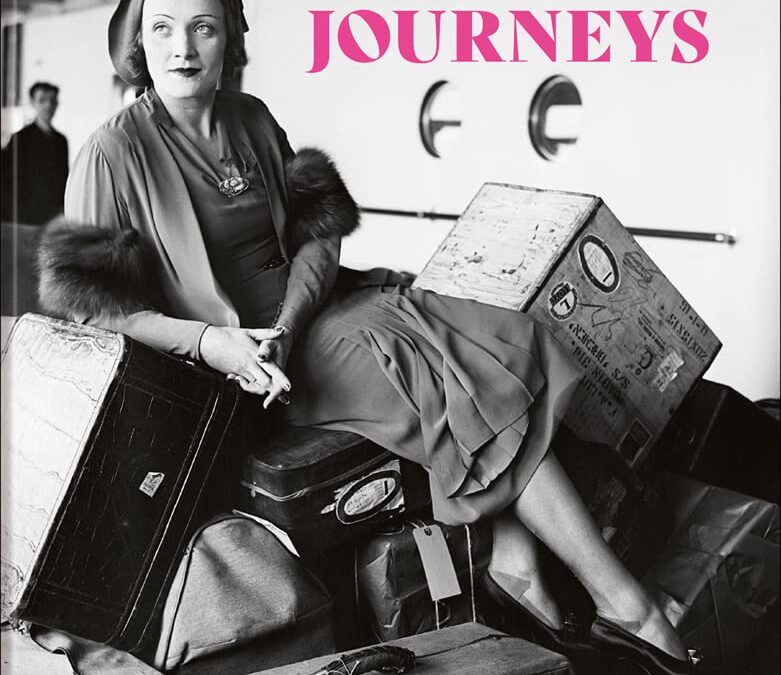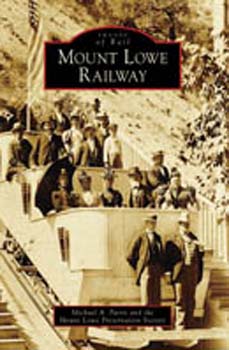
The Limit: Life and Death on the 1961 Grand Prix Circuit
In THE LIMIT, Michael Cannell tells the enthralling story of Phil Hill-a lowly California mechanic who would become the first American-born driver to win the Grand Prix-and, on the fiftieth anniversary of his triumph, brings to life a vanished world of glamour, valor, and daring.
With the pacing and vivid description of a novel, THE LIMIT charts the journey that brought Hill from dusty California lots racing midget cars into the ranks of a singular breed of men, competing with daredevils for glory on Grand Prix tracks across Europe. Facing death at every turn, these men rounded circuits at well over 150 mph in an era before seat belts or roll bars-an era when drivers were “crushed, burned, and beheaded with unnerving regularity.”
From the stink of grease-smothered pits to the long anxious nights in lonely European hotels, from the tense camaraderie of teammates to the trembling suspense of photo finishes, THE LIMIT captures the 1961 season that would mark the high point of Hill’s career. It brings readers up close to the remarkable men who surrounded Hill on the circuit-men like Hill’s teammate and rival, the soigné and cool-headed German count Wolfgang Von Trips (nicknamed “Count Von Crash”), and Enzo Ferrari, the reclusive and monomaniacal padrone of the Ferrari racing empire.
Race by race, THE LIMIT carries readers to its riveting and startling climax-the final contest that would decide it all, one of the deadliest in Grand Prix history.




